In the world of heavy-duty transport, the capacity of dump trailers is a significant consideration for businesses reliant on hauling materials. From construction sites to landscaping companies, knowing how much weight a dump trailer can hold is crucial in ensuring safe and efficient operations. This comprehensive guide aims to dissect the factors influencing dump trailer load capacities and provide guidelines for optimal use.
1. Understanding Dump Trailer Capacities
Dump trailers are designed to transport bulk materials like gravel, dirt, and debris. Their load capacity is predominantly determined by several factors:
- Trailer Size and Design: The overall dimensions and construction materials affect the maximum weight a trailer can carry.
- Axle Configuration: Dump trailers can come with single, tandem, or tri-axle configurations, each influencing the total load-bearing capacity.
- Manufacturer Specifications: Each manufacturer sets its recommendations based on safety standards and engineering assessments.
1.1. Common Load Capacities
| Trailer Type | Typical Weight Capacity | Dimensions (L x W x H) |
|---|---|---|
| Single Axle Dump | 6,000 – 10,000 lbs | 10 – 14 feet |
| Tandem Axle Dump | 10,000 – 14,000 lbs | 14 – 20 feet |
| Tri-Axle Dump | 14,000 – 25,000 lbs | 20 – 30 feet |
| Heavy-Duty Dump | 25,000+ lbs | Customizable |
These figures provide a general guideline but can vary based on the manufacturer’s designs and regional regulations.
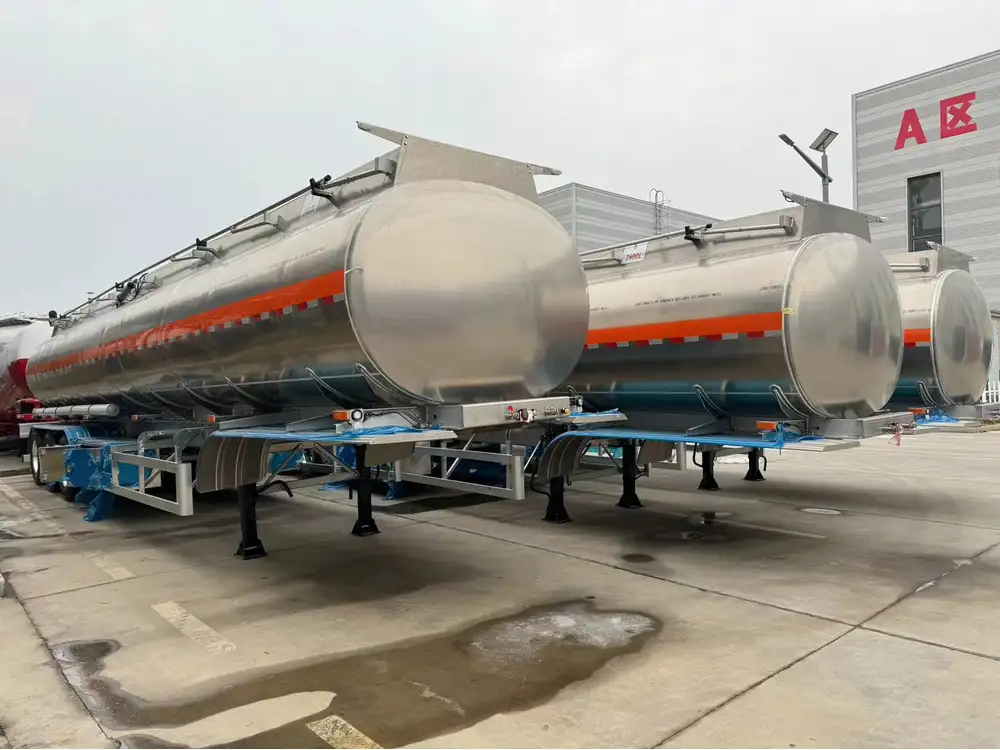
2. Factors Influencing Weight Capacity
Knowing the maximum weight capacity is only part of the equation. Several other considerations play a pivotal role in determining how effectively and safely a dump trailer can be loaded.
2.1. Construction Materials
Dump trailers often utilize materials such as steel or aluminum. The choice impacts durability and, subsequently, capacity. Steel provides strength to hold heavier loads, while aluminum offers lighter weight for better fuel efficiency.
2.2. Load Distribution
Proper weight distribution within the trailer is essential for safe transport. An improperly loaded trailer can lead to swaying or tipping during transit.

2.3. Legal Weight Limits
Most regions have legal limits regarding the weight that can be transported on public roads. These limits can include the vehicle’s total weight (trailer plus load) and may require permits for loads exceeding a certain threshold.
2.4. Trailer Design Features
Certain design features can enhance or limit capacity:
- Sides and Tailgate Design: Taller sides can increase the volume without necessarily increasing weight.
- Hydraulic Systems: An efficient hydraulic system helps in managing heavy loads, especially during unloading.
3. Safety Considerations in Loading Dump Trailers
While understanding capacity is vital, operating dump trailers safely is paramount. Here’s a detailed exploration of safety practices to follow.
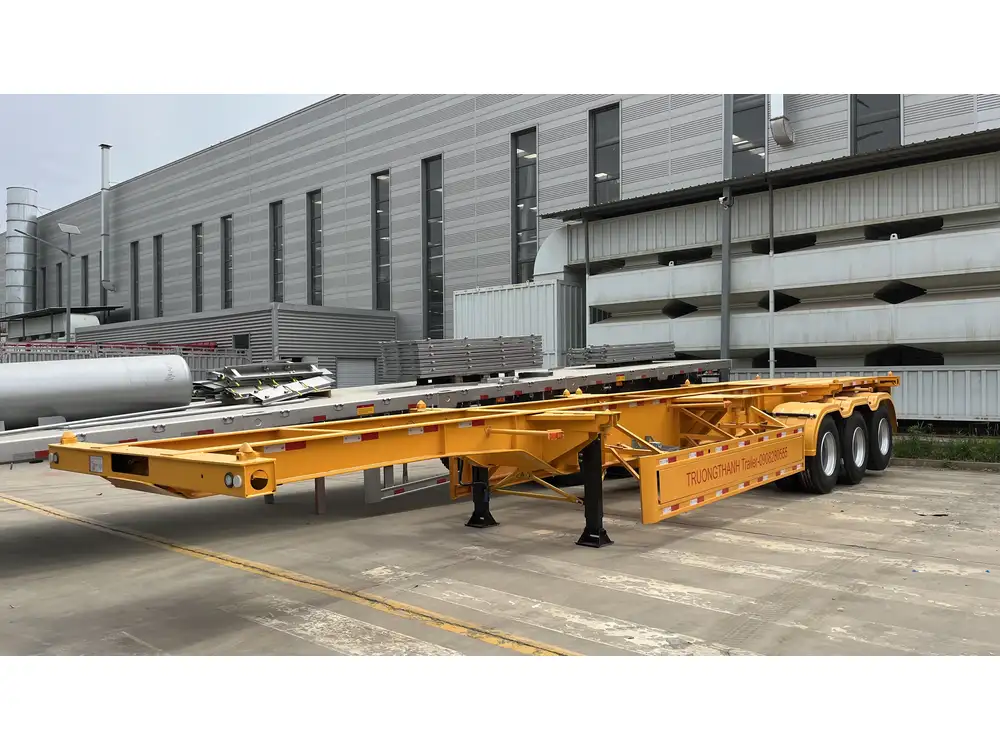
3.1. Weight Checks and Balances
Always weigh your load before transport. Knowing the actual weight helps prevent overloading, which could lead to accidents or equipment damage.
3.2. Using Load Distribution Charts
Load distribution charts assist operators in visualizing weight distribution. This tool can help avoid scenarios where heavy loads lead to imbalance.
3.3. Regular Maintenance Checks
Conducting regular inspections of the trailer’s key components, such as brakes, axles, and hydraulic systems, can significantly reduce the risk of failure during operation.

4. Calculating Load Capacities: A Formula Approach
Calculating the weight a dump trailer can safely carry can often be done using simple formulas. This involves understanding the Gross Vehicle Weight Rating (GVWR).
4.1. Gross Vehicle Weight Rating (GVWR)
The GVWR of a dump trailer is the maximum weight approved by the manufacturer for safe operation. This includes the weight of the trailer itself plus any load it carries.
Formula:
[ \text{Payload Capacity} = \text{GVWR} – \text{Trailer Weight} ]This calculation helps identify how much additional weight can safely be loaded into the trailer.
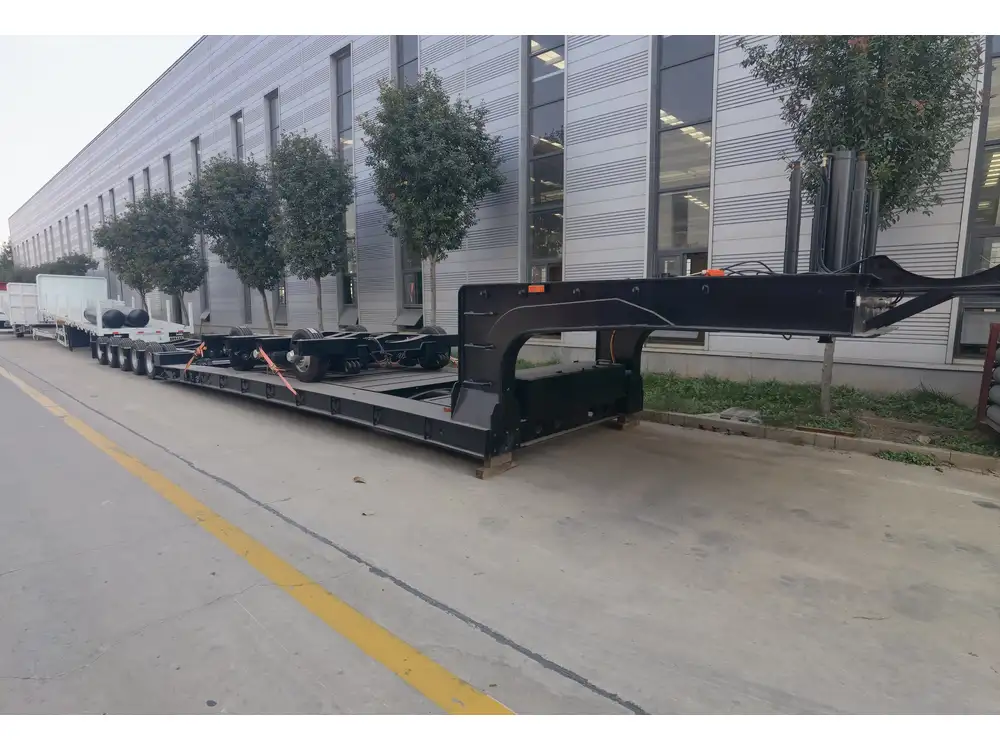
4.2. Example Calculation
Assuming a tandem axle dump trailer has a GVWR of 14,000 lbs and weighs 3,500 lbs:
- Payload Capacity = 14,000 lbs – 3,500 lbs = 10,500 lbs
Thus, this particular trailer can safely transport up to 10,500 lbs of load.
5. Optimizing Usage of Dump Trailers
To maximize efficiency and extend the life of dump trailers, consider the following strategies:
5.1. Load Planning
Plan loads in advance based on the weight capacity. This ensures that all trips are planned within safe limits.
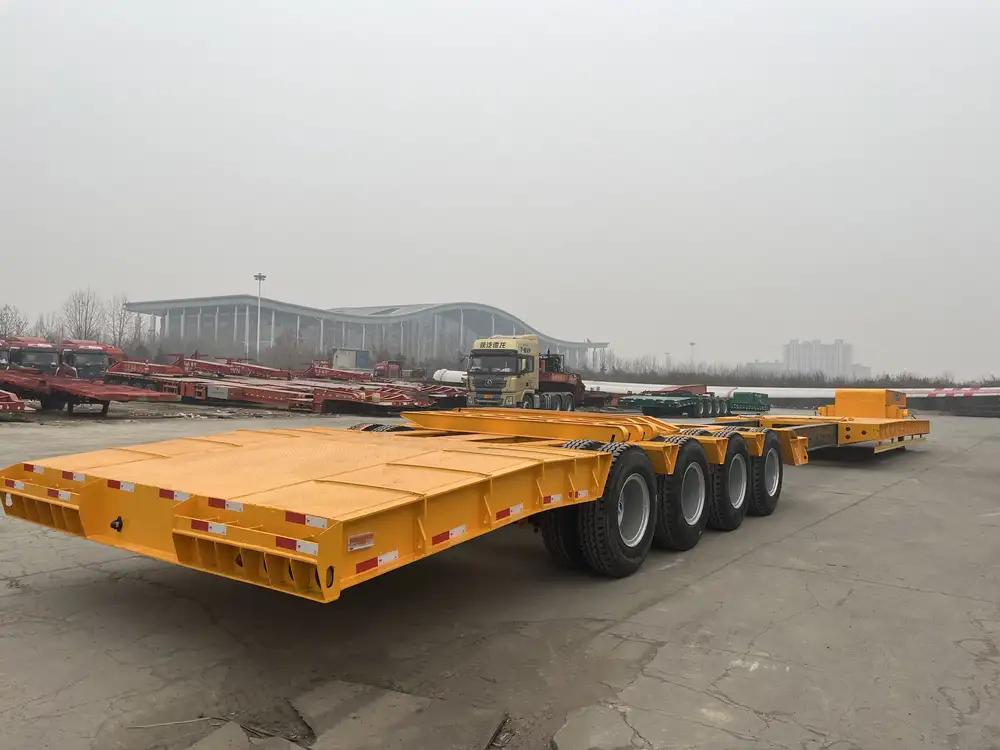
5.2. Utilizing Technology
Employing onboard scales or weight sensors can provide real-time feedback on load weight, which is invaluable in preventing overload situations.
5.3. Educating Operators
Training personnel on safe loading practices, weight regulations, and trailer maintenance will reduce incidents and enhance productivity.
5.4. Consider Seasonal Variations
Be mindful of how seasonal weather conditions (like wet soil) can affect load weight. Adjustments should be made to account for load weight shifts based on moisture content.
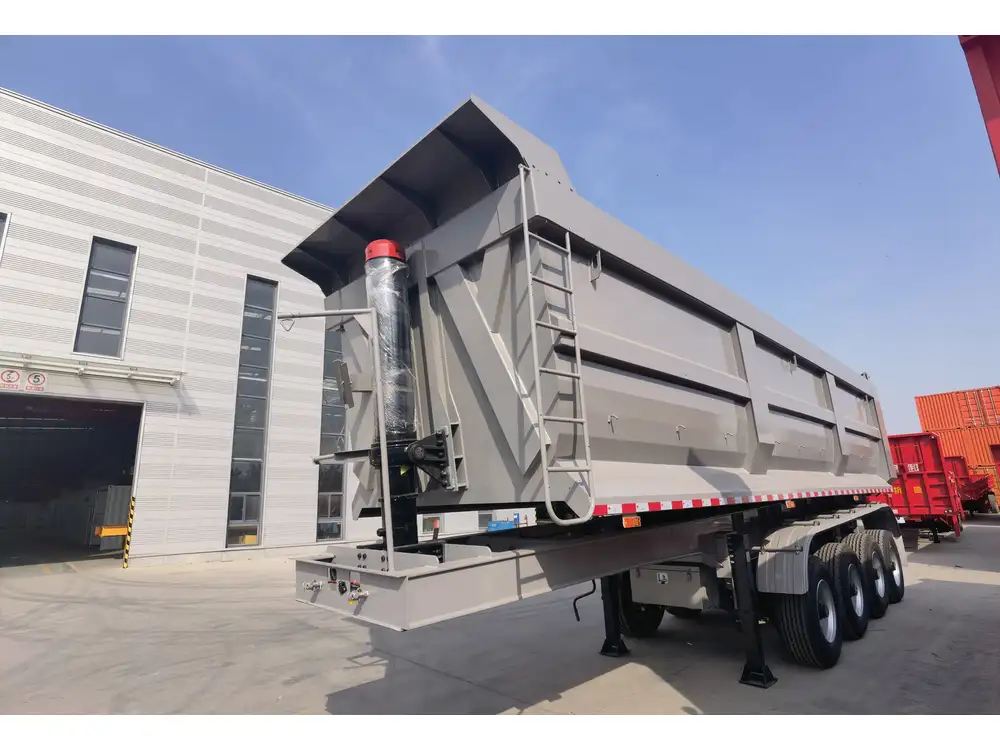
6. Common Mistakes to Avoid When Loading Dump Trailers
Identifying and avoiding typical pitfalls can enhance safety and efficiency when operating dump trailers. Here’s a list of common mistakes:
| Mistake | Consequence |
|---|---|
| Overloading the trailer | Increased wear and tear, safety hazards |
| Improper weight distribution | Risk of tipping and handling difficulties |
| Ignoring local weight regulations | Potential fines and legal repercussions |
| Neglecting maintenance | Increased risk of mechanical failures |
7. FAQs: Quick Answers to Common Queries
7.1. How much weight can a standard dump trailer hold?
The weight capacity varies by trailer type:
- Single Axle: 6,000 – 10,000 lbs
- Tandem Axle: 10,000 – 14,000 lbs
- Tri-Axle: Up to 25,000 lbs
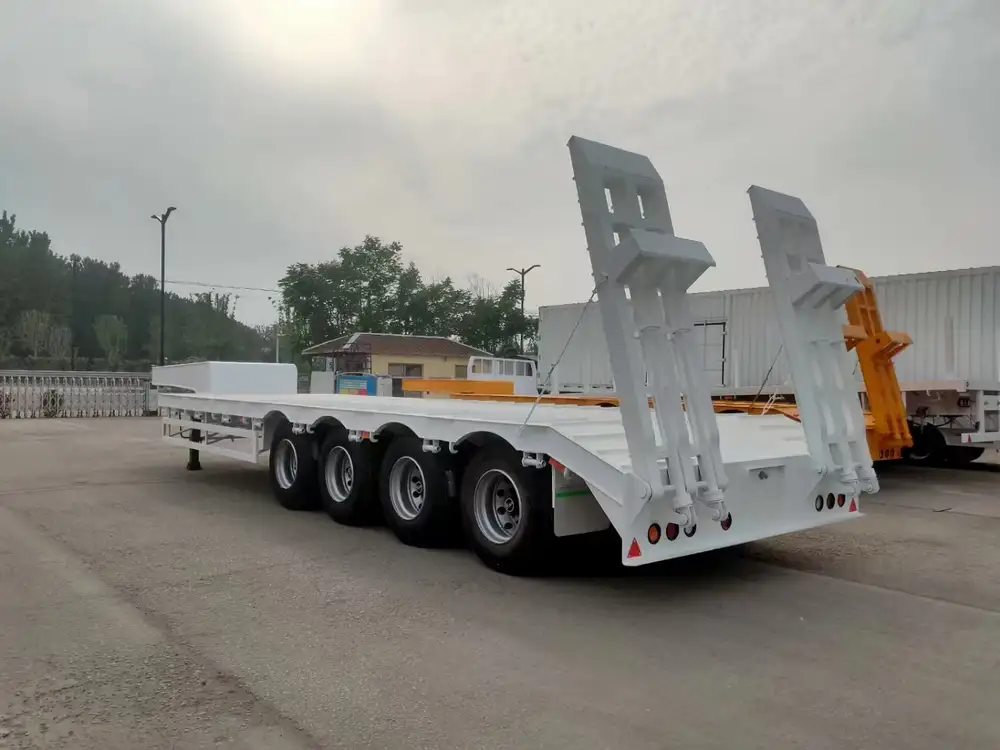
7.2. What materials can I safely haul in a dump trailer?
Common materials include:
- Dirt
- Gravel
- Sand
- Demolition debris
7.3. Are there special permits needed for heavy loads?
Yes, permits may be required for loads exceeding local weight limits.
7.4. Can I overload my dump trailer for short distances?
Overloading, even for short distances, is dangerous and not advisable. Ensure compliance with safety standards.
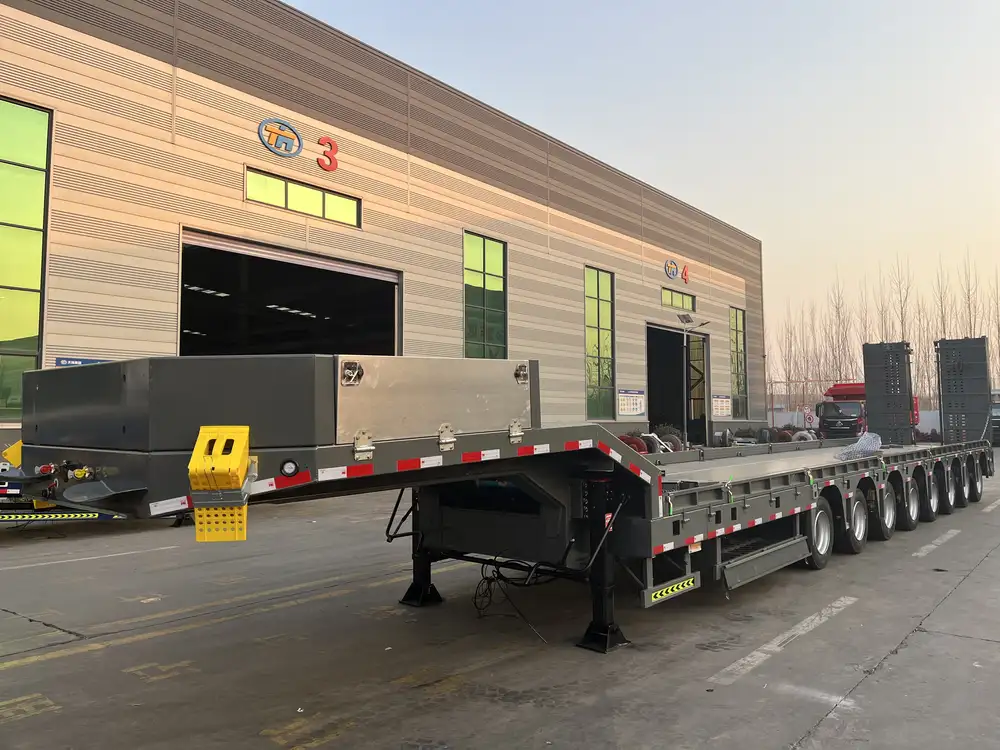
8. Conclusion: Making Informed Choices
Understanding how much weight a dump trailer can hold is vital for effective operation in the transport industry. By considering the factors influencing weight capacity, employing best practices in loading, and adhering to regulations, operators can ensure safe and efficient uses of these essential vehicles. Educating personnel about these methods and the continual assessment of operational practices can prevent accidents, enhance performance, and extend trailer lifespan. Ultimately, consistent monitoring, training, and adherence to recommended guidelines will position your operations for success, safeguarding both people and assets alike.



